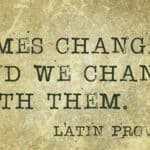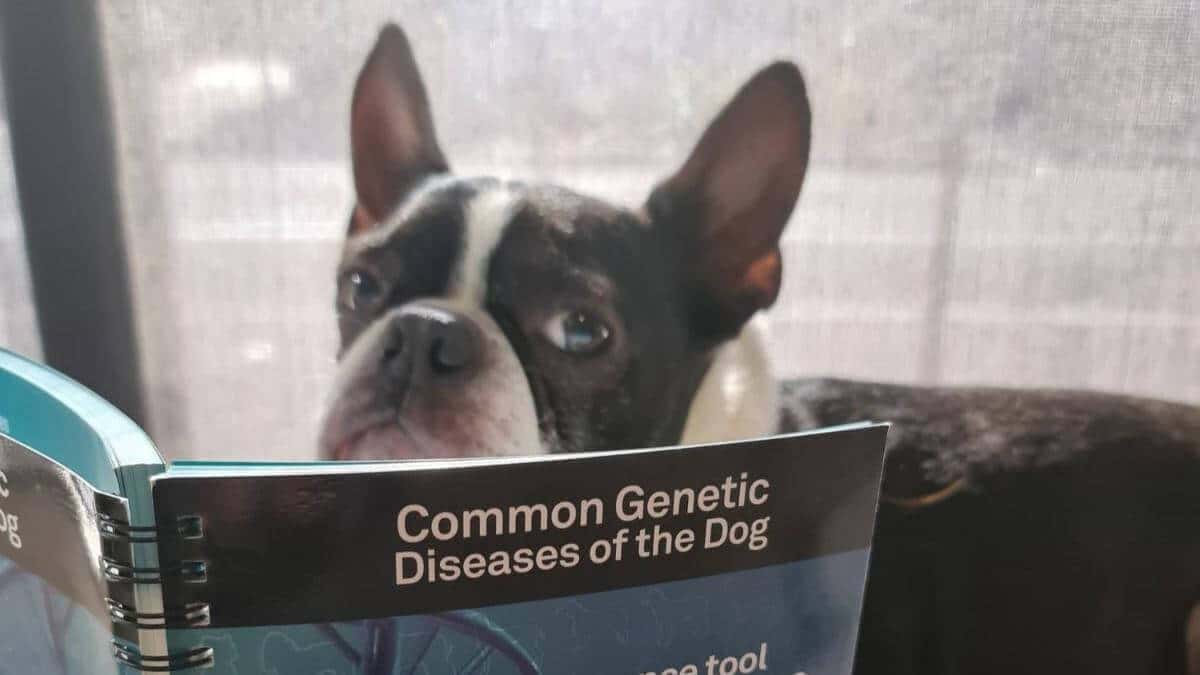
Home » Genetics: Are Labs Always Right? What Happens When Results Don’t Make Sense

“This dog can’t be a carrier—both parents are clear!”
“Something’s gone wrong—there’s no way this result is right!”
These are the types of concerns we occasionally hear in the world of genetic testing. And as anyone who’s worked in this field for long enough knows, when breeders or pet owners get a test result that doesn’t align with their expectations—or with the parentage—it raises eyebrows, and rightly so.
At Orivet (powered by Paw Print Genetics), we take these concerns seriously. Genetic testing is powerful, but like any scientific process, it isn’t immune to challenges. So, let’s unpack some common questions: Do labs make mistakes? And what should you do if your result doesn’t make sense?
While many believe DNA testing is infallible, the truth is that no lab—no matter how reputable—can claim 100% perfection. I’ve worked across labs from forensic science to mass-scale genetic testing, and I can confidently say that while the technology is incredibly advanced, there are variables at play.
Sometimes it’s the sample. Sometimes it’s the data. And yes, sometimes it’s even us humans.
Let me introduce Charlie and Mary—my ever-observant Boston Terrier and loyal Brussels Griffon. Charlie supervises with scientific authority from his bed in the office, and Mary gives me her look of disapproval any time I say, “It’s probably human error.” They’ve seen it all. And their biggest lesson? Don’t jump to conclusions. Investigate with an open mind.
Let’s use an example we often hear: A breeder receives a result that says their dog is a carrier for a genetic disease. They are shocked—both parents were tested and are reported clear. “How can this be?” they ask. “There must be a mistake!”
Here are some real possibilities to consider:
Was the sire tested at one lab and the dam at another? This creates complications. Labs may use different platforms, report different alleles, or interpret borderline results differently. What one lab calls “clear” might be another lab’s “low risk carrier” depending on reporting conventions and cutoff thresholds.
Let’s be honest—human error exists. But not always at the lab. In my 20-plus years in genetics, over 90% of errors I’ve investigated trace back to sample collection, not lab processing. This is especially true when:
Charlie always growls at this one—he says, “Color-coded collars? Really?” He’s not wrong.
If a swab was dried improperly, left in the heat, or simply didn’t get enough cheek cells, the DNA yield can be too low for confident analysis. We call this allelic dropout, and it can lead to a misread. This is why at Orivet, every disputed sample is manually reviewed by a human analyst before a decision is made.
Rather than speculating what other labs might do, let’s walk through how Orivet manages these cases.
Every questionable result triggers a review by a qualified geneticist. We check:
This is not automated. A trained human intervenes. Mary usually looks over their shoulder, just in case.
At Orivet, every sample includes a DNA profile—a unique genetic fingerprint. If a client submits a second sample, we can compare profiles to verify if they match. This is incredibly helpful in catching sample swaps or mislabeling. Together with this, a “sex” marker is included in the DNA Profile which ensures the sex matches the sex identified on the form or sample activation.
We always offer to rerun the test at no charge. Why? Because a new swab rules out contamination, collection error, and other unknowns. It lets us start fresh.
If the concern is significant or high stakes (e.g., breeding decisions), or member body registrations, we recommend using an Approved Collection Method, which includes:
This ensures the integrity of the sample and prevents future disputes. Reports from Orivet clearly state “Approved Collection Method: Yes” when this process is followed.
If the second test confirms the original result, the next question is—what about the parents?
If they were tested at Orivet, we check their results and DNA profiles. We verify parentage through parentage testing. If they were tested elsewhere, we ask for full reports, and in some cases, request new swabs for comparison.
Charlie and Mary have a motto: “Call the lab first. Email if needed. Avoid posting it on social media before giving the lab a chance to respond.”
Most labs genuinely want to get it right. We’re in the business of genetics, but we’re also in the business of trust. The best way to protect your breeding program is to stay curious and collaborative, not combative.
Many breeders ask, “Shouldn’t labs be 100% accurate?”
In forensic DNA analysis, yes—we aim for 99.999% accuracy. But those labs:
Commercial labs like Orivet serve thousands of breeders and pet owners weekly. While our systems are incredibly robust, they rely on efficiency, trust in the collection process, and streamlined reporting. It’s why we have quality controls, DNA profiles, and trained staff monitoring results daily.
Labs can make mistakes, but so can owners and collectors. Results that don’t make sense should be explored—not dismissed. Work with your lab to clarify and correct. Use approved collection methods whenever possible. And yes—repeat the test when needed, especially when it’s offered for free.
As Charlie always reminds me, “DNA (science) doesn’t lie—but humans sometimes confuse it.”
So, the next time a result surprises you, take a breath, pick up the phone, and reach out. We’re here to help decode what the DNA is telling us—and to help make sense of the complex stories hiding in your dog’s genes.
Until next time, happy breeding,
George, Charlie & Mary
